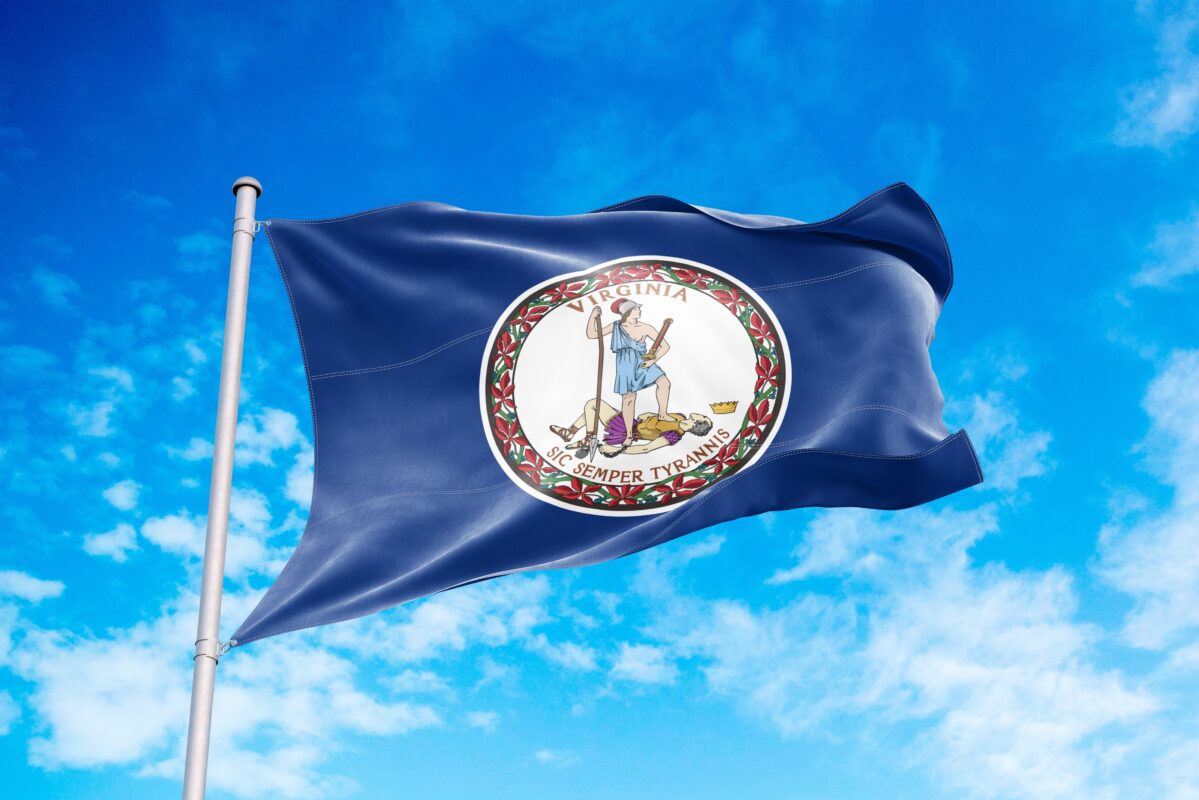Humans have a few biological advantages compared to other species. The most obvious is our big brains, which have empowered us to become the dominant (arguably) species on Earth. But if we are looking for things that are uniquely human? Chins. Wait, what?
That’s correct—we are the only animals on Earth with true chins. While we are all familiar with scratching our pups or our kitties on their “chin,” that is not what we’re really scratching at all. We are scratching their mandible, the lower part of their jaw. A true chin—which humans have—is the bony part that juts out at the bottom of our face. It is specifically a lump of bone that protrudes forward from the lower jaw. Even our extinct relatives, homo erectus, as well as chimpanzees and gorillas, do not have chins.
Elephants and manatees have chin-like protrusions in their lower jaws, but they don’t quite qualify as true chins.
What is the most confounding part? A chin serves no real purpose that scientists have discovered. A theory is that our chins help us chew, but Pampush and Daegling (2016) debunked that theory. Chins are not much help there. Chins also don’t help with human speech, which is another theory that’s been suggested.
Researchers say it is unlikely chins are a product of sexual selection or a protection against violence (but chins can certainly take a punch!) Many think a chin might be a “spandrel”—a byproduct of evolution. Spandrels arise due to the evolution of one trait (in this case, our jaws), but the unintended trait may not have any function. As a result, our chins are basically, in the words of our friend Bob Ross, a “happy accident.” It’s a real chin-rubber.
We likely will never know why we have these bony protuberances, but we should still be proud of our faces and keep our chin up. After all, we’re the only ones who can.
References
Interesting Facts. (2023) Humans are the only animals with true chins (accessed July 17, 2023).
Pampush JD, Daegling DJ. (2016) The enduring puzzle of the human chin. Evol Anthropol. 25(1):20–35.
Recent Posts
Academy Files Rulemaking Petition to Restore ABA Language in VA Regulations
Earlier last year, the Virginia Board of Audiology and Speech-Language Pathology finalized regulatory changes intended to streamline licensure by removing direct ties between certification and…
Congress Needs to Hear From Audiologists on Student Loan Access
The Professional Student Degree Act, H.R. 6718, introduced by Representative Michael Lawler (R-NY), was introduced in mid-December. This bill reaffirms audiology’s status as a professional…
Why Wild Animals Don’t Have Floppy Ears
In 1959, a scientist began a domestication experiment with silver foxes. Critics believed the experiment was, at the very least, too ambitious (if not outright…


